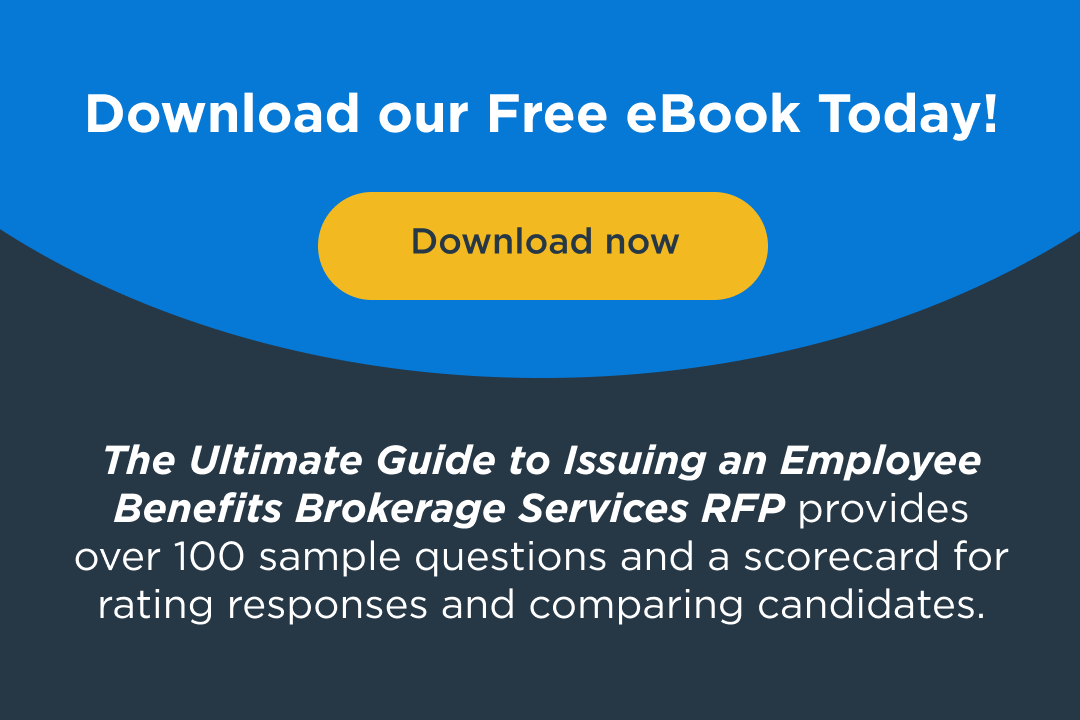The Demise of Primary Care: What It Means for Your Employee Benefits Strategy
June 25, 2025

For decades, the primary care physician (PCP) was the cornerstone of the American healthcare system. PCPs coordinated care, managed chronic conditions, and served as the first—and often only—stop for patients navigating the healthcare system. But that model is eroding, and the implications are profound for employers managing the health and productivity of their workforce.
The number of practicing primary care physicians in the United States is shrinking relative to population growth, and demand continues to outpace supply. According to the Association of American Medical Colleges (AAMC), the U.S. may face a shortage of up to 48,000 primary care physicians by 2034. As a result, patients are increasingly bypassing primary care, either by choice or necessity, and seeking more costly and fragmented care from specialists or urgent care centers.
Why the Primary Care Model Is Collapsing
Several interrelated factors are contributing to the demise of primary care:
1 Compensation Disparities: Specialists earn significantly more than primary care physicians. A 2023 Medscape report shows that specialists earn nearly 30% more on average than PCPs, making it less financially appealing for medical students already burdened by debt.
2 Burnout and Attrition: PCPs face high patient loads, low reimbursement rates, and growing administrative burdens. According to a 2022 survey, nearly 60% of primary care physicians report burnout and over one-third plan to leave the profession within five years.
3 Training Bottlenecks: GME (Graduate Medical Education) funding policies have historically favored specialty training over generalist tracks. Additionally, state medical boards and academic institutions often underfund or cap primary care residency slots.
4 Scope-of-Practice Restrictions: Even where nurse practitioners (NPs) and physician assistants (PAs) could help fill the gap, restrictive state laws frequently limit their ability to practice independently. The National Council of State Boards of Nursing (NCSBN) notes that only about half of states allow full practice authority for NPs.
The Shift Toward Specialists—and Its Consequences
As access to primary care declines, more patients are skipping the PCP and going directly to specialists. This has several ripple effects:
- Higher Costs: A Health Affairs study found that patients entering the healthcare system through specialists rather than PCPs had 14% higher total annual healthcare spending.
- Fragmented Care: Without a primary care physician coordinating care, patients often receive disjointed or duplicative services from different providers.
- Delayed Diagnosis: The lack of ongoing relationships with a PCP reduces opportunities for early detection of chronic conditions or preventive screening.
- Overreliance on Emergency and Urgent Care: Emergency rooms and urgent care centers are expensive and often ill-equipped to manage long-term health needs.
What This Means for Employers
The collapse of the primary care model directly affects employer-sponsored health plans, employee well-being, and cost containment strategies:
- Higher Claims and Premiums: The failure to catch conditions early drives up utilization of high-cost services, triggering stop-loss and increasing annual renewal costs.
- Reduced Productivity: Poor care coordination and unmanaged conditions lead to increased absenteeism and presenteeism.
- Member Confusion: Without a central care provider, employees may feel lost in the system—leading to dissatisfaction and misuse of benefits.
Strategies for HR and Finance Leaders
To mitigate the fallout, employers should consider:
- Offer Virtual Primary Care: Digital platforms make it easier to access PCPs remotely, offering convenience without compromising continuity of care.
- Partner with Advanced Primary Care Models: Look for vendors using value-based payment structures, embedding care coordinators, and integrating behavioral health.
- Support Scope-of-Practice Reform: Advocate for regulatory changes to expand access through full practice authority for NPs and PAs.
- Invest in Care Navigation Tools: Help employees make smarter care decisions with digital guidance platforms and benefits advocacy services.
- Use Plan Design to Incentivize PCP Engagement: Lower copays for PCP visits, encourage preventive care, and tie wellness incentives to regular check-ups.
Looking Ahead
Without systemic intervention, the collapse of primary care will continue to burden employers and the broader healthcare system. But those who adapt—by expanding access, rethinking plan design, and investing in employee support—will better control costs, improve outcomes, and retain a healthier workforce.
Sources:
1 AAMC. (2021). The Complexities of Physician Supply and Demand: Projections From 2019 to 2034. https://www.aamc.org
2 Medscape. (2023). Physician Compensation Report. https://www.medscape.com
3 Primary Care Collaborative. (2022). Primary Care & COVID-19 Survey Series. https://www.pcpcc.org
4 AAMC. (2020). Distribution of Residency Positions by Specialty. https://www.aamc.org
5 NCSBN. (2023). APRNs in the U.S. https://www.ncsbn.org
6 Health Affairs. (2020). Specialist-Oriented Care and Spending Patterns. https://www.healthaffairs.org


